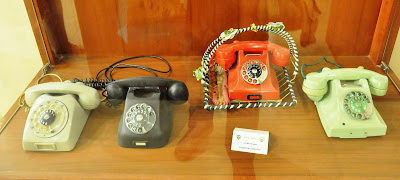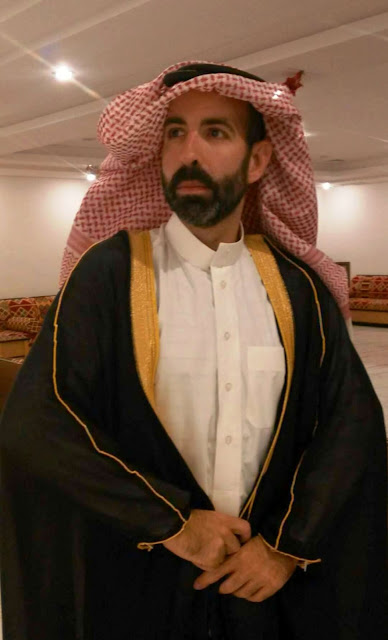Before coming to Kuwait I spent some time investigating in Internet about the pros and cons of this place. One of the most usual complaints among other foreigners who already lived here was the difficulty of making friends and socializing. There was all kind of people, of course, but most of them lament their small social circle and the lack of opportunities of leisure. I didn’t think it could be so frustrating but, after some weeks, all these opinions started to be confirmed. I don’t know if it is because of personal or situational reasons but, among all the countries I have been, this is the one where I am finding more complicated to find persons who I can call friends.

Starting with my personal circumstances, I don’t think that living in a neighborhood like Fintas, far from all kind of center of leisure and socialization, can make it easy if I want to know and meet new people. I already commented in other post that this country is made for vehicles, not for persons, and moving from one side to other is very tired because it is very time consuming. This is by the way other of the factors which hinder meeting someone: the lack of time. I have a very busy schedule and, if I add the master I started two weeks ago, I almost don’t have hours left. But anyway, every weekend I seize the opportunity to go out and do something else than working and studying.
 |
| Seaside in Salmiya, where almost every Friday go for running |
Other intrapersonal factor, which also affects to many migrants in any other country, is the continuous wheel of farewells and bye byes. People who have been for a long time out of their countries tend to be exposed to this situation very often. Kuwait is not one of those countries where people stay too long, and most of the persons come here for a short period and they leave as soon as they can (there are obviously some exceptions, but this is like that at least for those who come alone). This implies that there is people who don’t want to get involved so much in a friendship, because they don’t want to experience again the same situation. In my case, I must admit that I feel something similar and, after so many years traveling around, I still couldn’t normalize these “mourning” processes when I have to leave my beloved friends behind. But that doesn’t stop my wishes to socialize and make friends as something paramount whenever I go.

Talking now about external factors, totally out of my control, I would start for the usual profile of foreigner coming to this country. It is still early to make a precise description but, according to other comments I read in social media and conversations with other expats, I see there are many people who come here merely because they want to make money, without caring about social life at all. These are individuals who focus only on their work and they even use their free time to do extra hours in any other place. In the other hand, I also see there are many expats coming with their families, in some cases with children, with a set of recreational habits in somehow far from the single ones’, like in my case. Even so, I have to say that in all these years I met wonderful people in this family situation and I really enjoyed with them (although I tend to keep myself apart when the plan for Saturday is going to a theme park for children…).

Kuwait, apart from its planned for cars urban design, doesn’t offer too many activities and leisure places. I mean, it has nothing to do with Dubai, for example, although, if one explores well, it is always possible to find something interesting to do. Other related to leisure time factor is the absence of alcohol. For me it doesn’t mean any obstacle but I know people who don’t feel so comfortable socializing without having any alcohol around. However, this doesn’t mean that there are no pubs in Kuwait. I was once in one, where there were no spirits but shishas. If you are not bothered by the itchy eyes of the remaining smell on your clothes,, then it is not a bad place.

Despite all these circumstances, in the last weeks I have been meeting new people who I can arrange meetings and activities with, like running, now when the weather is very convenient. It is a question of time, that’s it, as in every part of the World, although here it is a bit more complicated. By the way, does anyone fancy a cup of coffee?













































